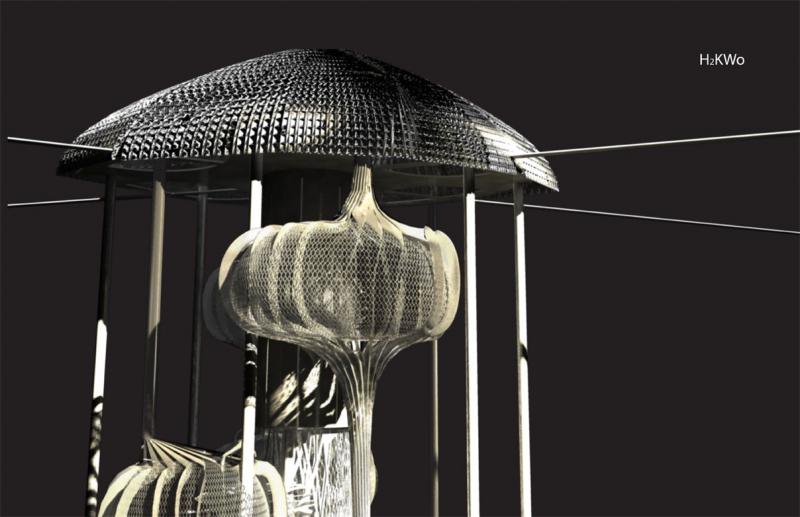
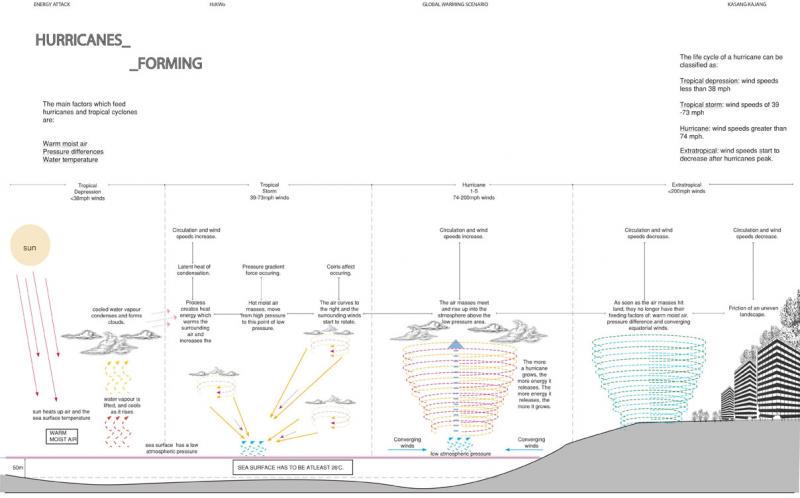

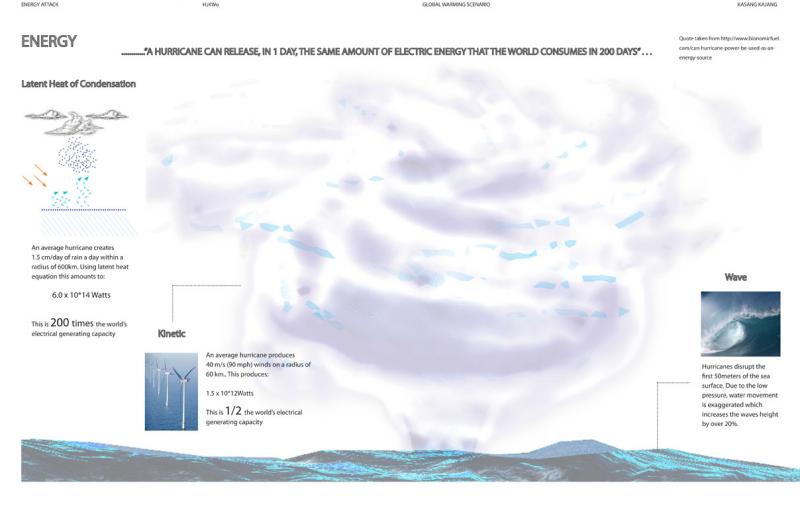
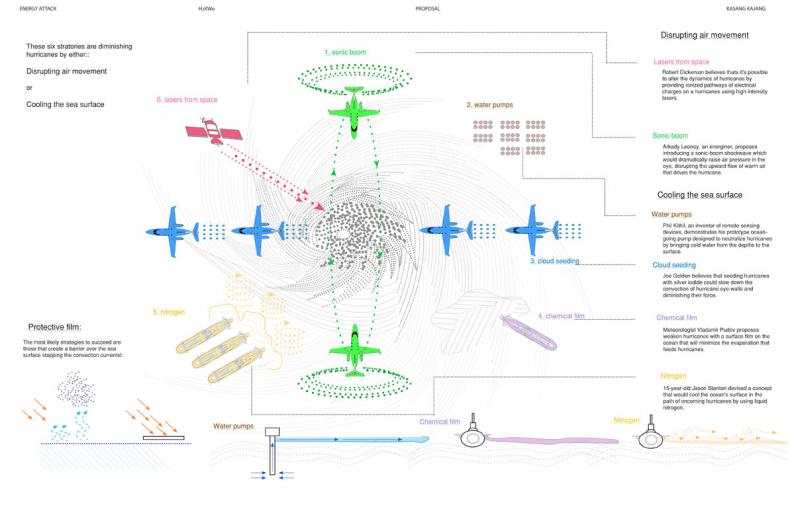
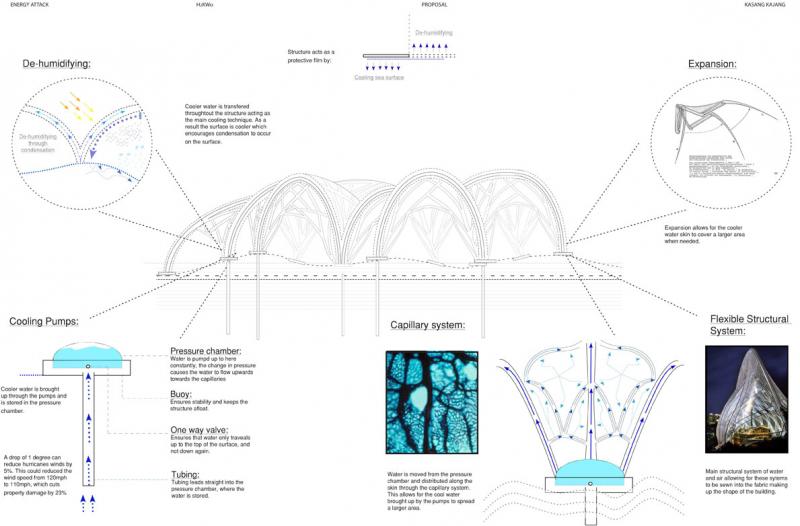
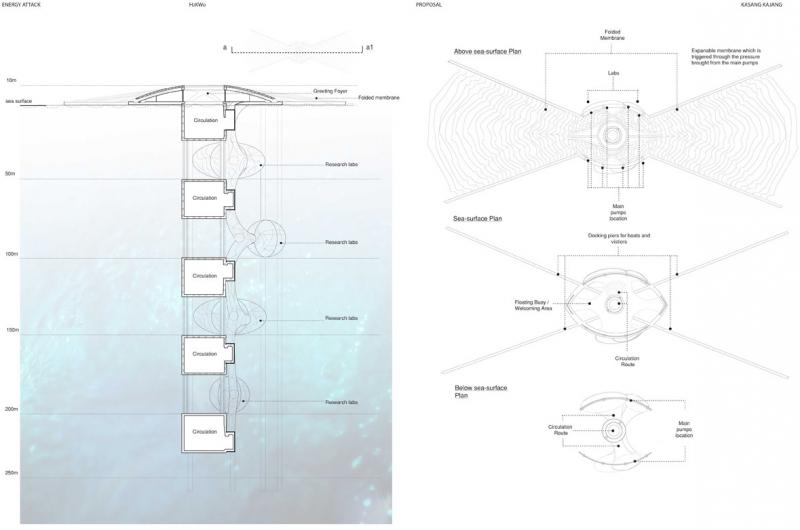

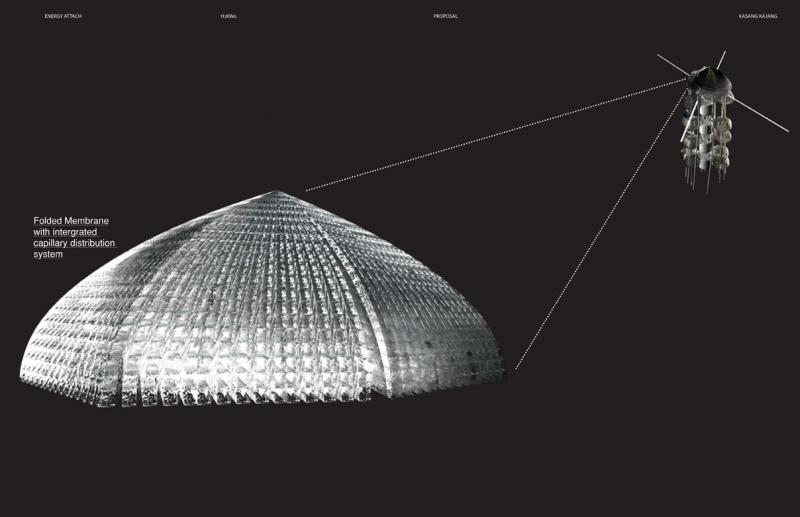
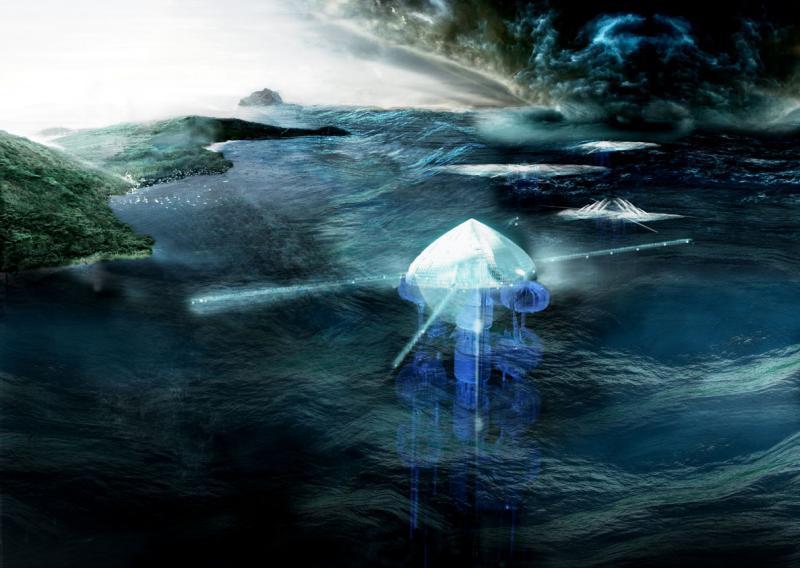
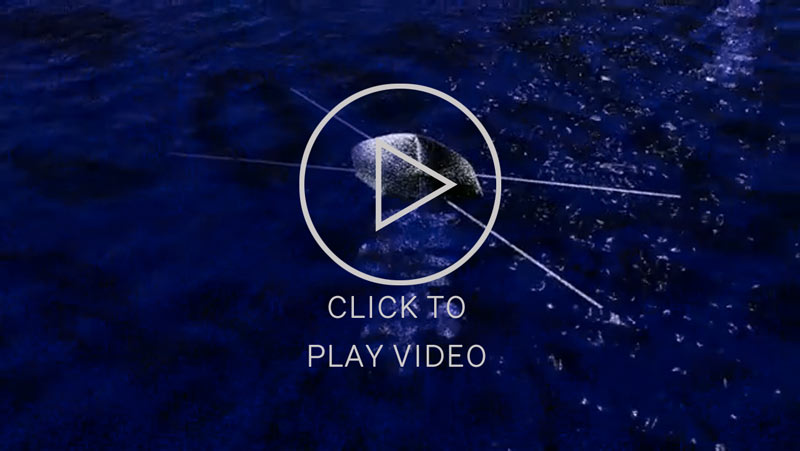
H2Kwo is a Visionary strategy in the Caribbean's which is aiding and developing on a newly emerged existing strategy to tackle the energy distribution problems in the Caribbean’s. The programme is a testing ground to push the existing strategy to the next level.
Hurricanes are not seen as a threat but rather as having the potential to aid in developing the existing strategy.
Jeremy Rifkin identified this shift as the “Third Industrial Revolution”, an era of clean energy Industrialisation.